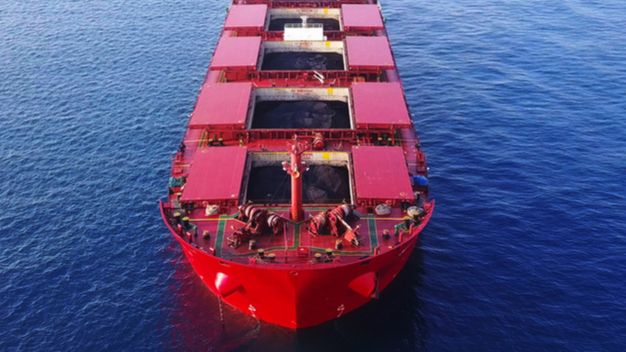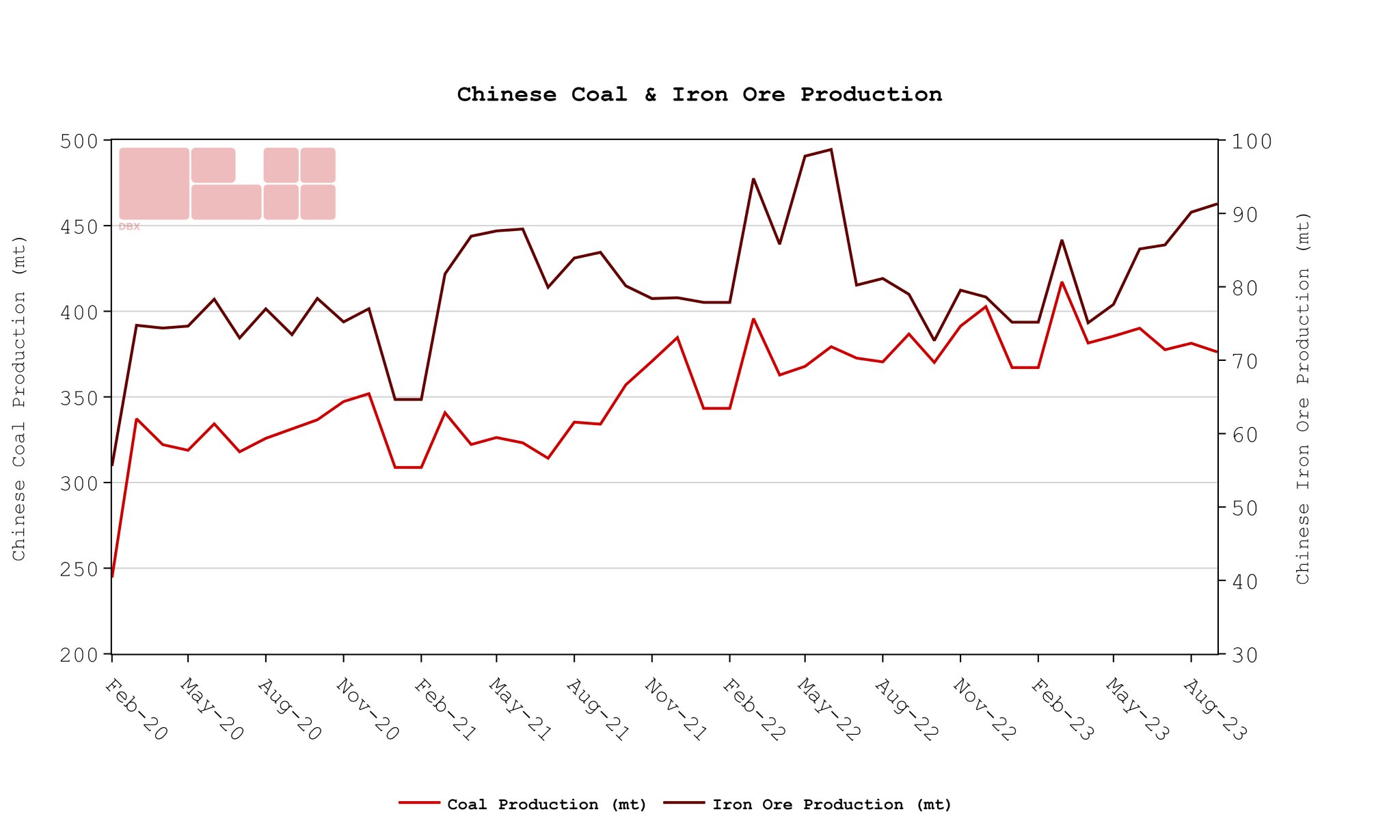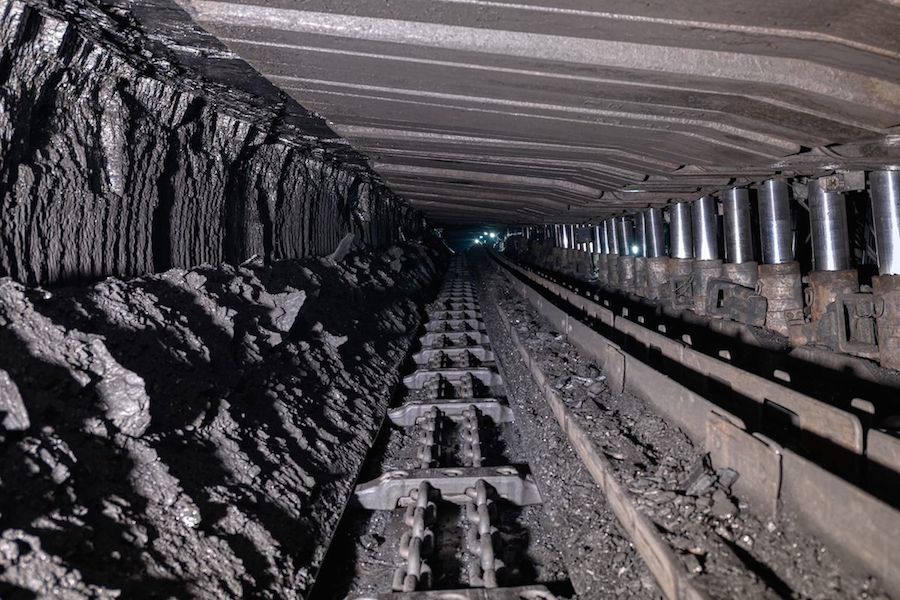

(Montel) European coal prices remained largely rangebound over the past week as lacklustre demand offset growing expectations of tighter second-half supply.
The front-quarter API 2 contract eased by a negligible 0.2% on the week to USD 54.65/t at the time of writing, while the front year was seen in the USD 59.80-60.35/t bid-offer range, broadly unchanged on the week, Ice Futures data showed.
Thermal coal demand in Europe was practically nil
The latter contract was likely to remain rangebound within the USD 58-60/t area over the coming week, said Tom Hovik, Montel’s head of technical analysis.
“There are no strong directional signals from any of the technical trend indicators, or from the various momentum indicators, so it looks like this product will float around in this range next week,” he said.
Thermal coal demand in Europe was “practically nil”, said Hugo Du Mez, dry bulk advisor at the Port of Rotterdam. “There are large stocks both in the port and [at inland plants].”
Indeed, combined coal inventories at four key northwest European dry bulk terminals – including two at Rotterdam – have this week risen to a three-week high of 5.74m tonnes.
Du Mez also pointed to competition from low-cost gas, record wind and solar power levels and relatively high carbon prices, which erode generator profit margins, or the so-called clean dark spread.
Negative spread
The Cal 21 clean dark spread – the profit margin for burning coal to produce power, including the cost of carbon – for a German power plant of 38% efficiency was pegged last at EUR -2.65/MWh, according to Montel data.
This compared with an equivalent gas-fired generation profitability – or the clean spark spread – of EUR 3.95/MWh for a 50% efficiency plant.
power generation across western Europe has so far declined 6% on the year
“And on top of this, Covid-19 has reduced the demand for power,” Du Mez added.
Total power generation across western Europe has so far declined 6% on the year, to 1,707 TWh, with renewable output up 11% to 703 TWh and coal-fired generation down 27% to 203 TWh, according to data from Finnish technology group Wartsila.
Nevertheless, market participants said signs of diminishing oversupply – in part thanks to lower export volumes from some key producers – was providing a floor for prices.
Strike concerns
There were also growing concerns that workers at one of Colombia’s biggest coal exporters, Cerrejon, would likely vote in favour of strike action this month, as union negotiations with management stall.
“If Cerrejon does not change its position at the [negotiating] table, … there will be a strike in Cerrejon that will be strong [and] tough,” Igor Diaz, president of the Sintracarbon union, said late on Thursday in a broadcast interview.
Five days of negotiations were set to end later on Friday.
Union members would then have 10 days to vote for – or against – a strike and an additional 10 days to call for industrial action, said Diaz.
However, the union would continue talks with management over the 20-day period until “the very last minute”, he added.
At the same time, there was “greater interest” for prompt physical cargoes, said one broker in a note to clients.
An October-loading cargo for delivery in Rotterdam or Amsterdam traded on Wednesday, via broker Global Coal, at USD 52/t – the first such trade since mid-June.
However, this was still around USD 1.60 below the equivalent paper (API 2) price.
Du Mez said European demand in the second half could improve somewhat, as industrial production showed signs of recovering.
“But first, these large stocks have to disappear before coal imports return,” he said.
“A cold winter might help, [but] I think we will have to wait until next year to see a return to 2019 levels – which were not so good anyway,” he added.
Source: Montel
Follow Montel on Twitter:
[tfws username=”montelnews” height=”700″ width=”350″ theme=”light” color=”#FAB81E” tweets=”2″ header=”yes” footer=”yes” borders=”yes” scrollbar=”yes” background=”yes”]












